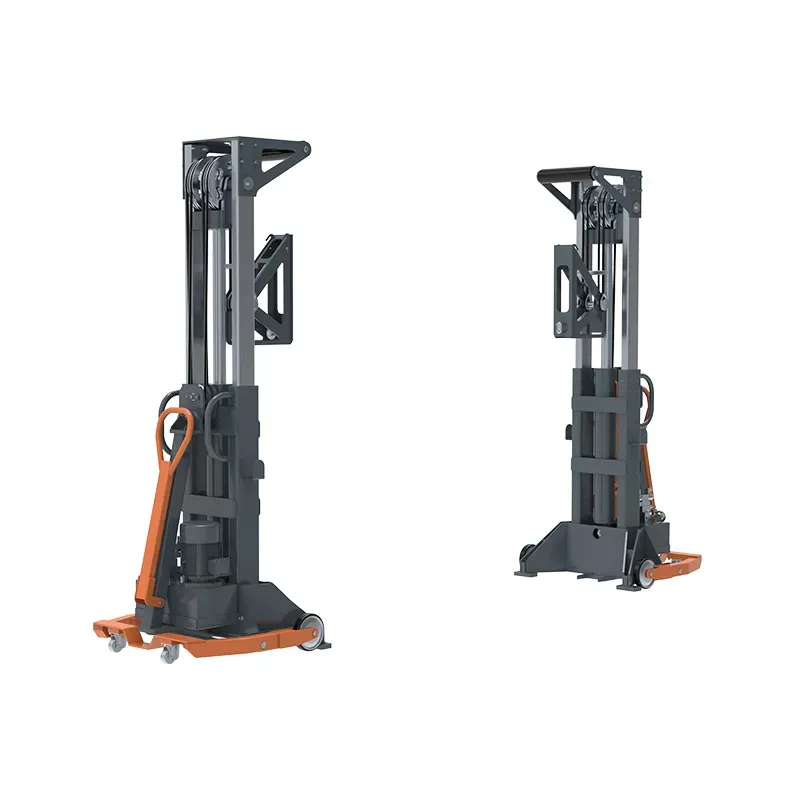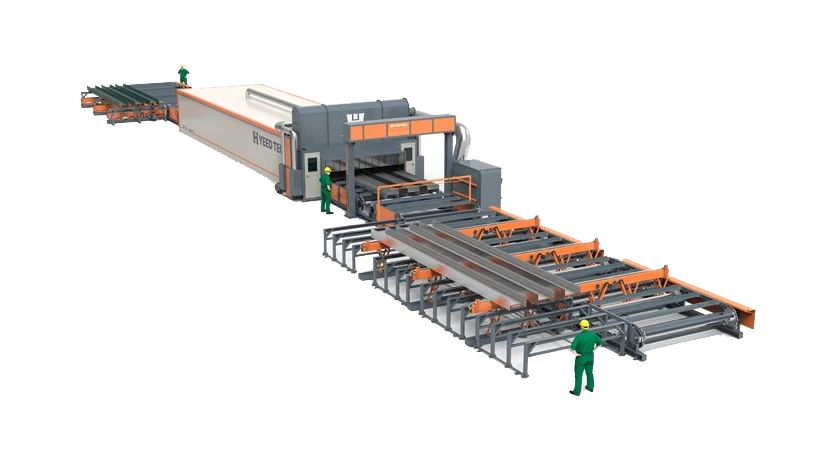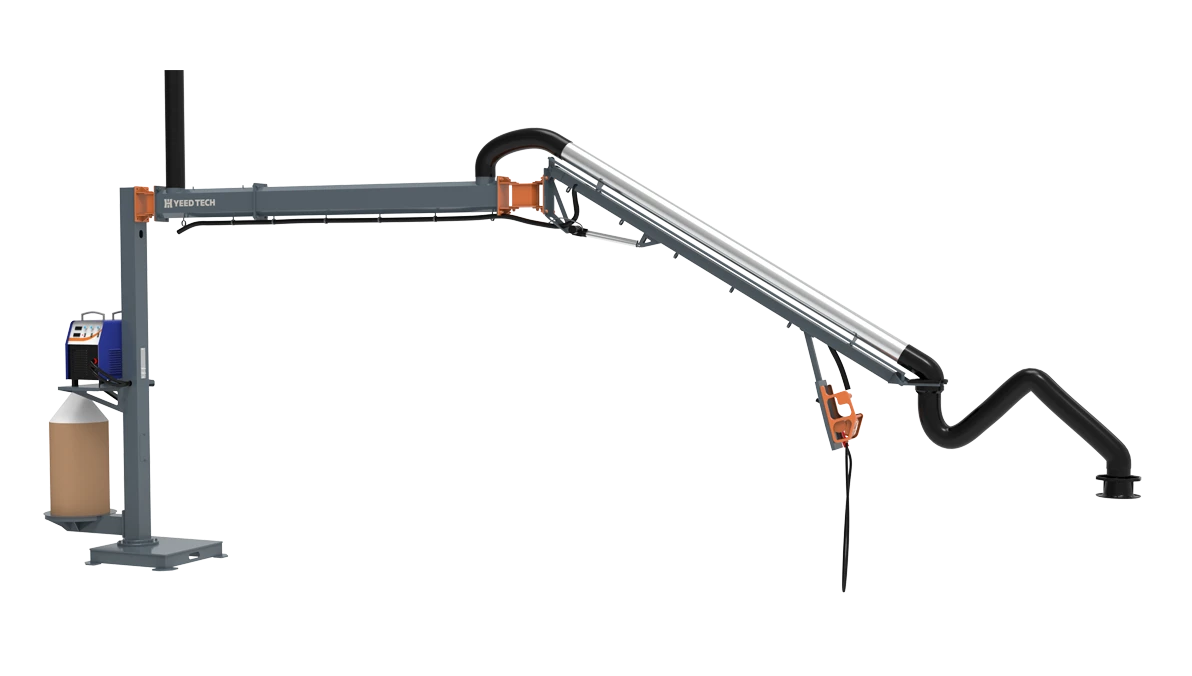
- Afrikaans
- Albanian
- Amharic
- Arabic
- Armenian
- Azerbaijani
- Basque
- Belarusian
- Bengali
- Bosnian
- Bulgarian
- Catalan
- Cebuano
- China
- China (Taiwan)
- Corsican
- Croatian
- Czech
- Danish
- Dutch
- English
- Esperanto
- Estonian
- Finnish
- French
- Frisian
- Galician
- Georgian
- German
- Greek
- Gujarati
- Haitian Creole
- hausa
- hawaiian
- Hebrew
- Hindi
- Miao
- Hungarian
- Icelandic
- igbo
- Indonesian
- irish
- Italian
- Japanese
- Javanese
- Kannada
- kazakh
- Khmer
- Rwandese
- Korean
- Kurdish
- Kyrgyz
- Lao
- Latin
- Latvian
- Lithuanian
- Luxembourgish
- Macedonian
- Malgashi
- Malay
- Malayalam
- Maltese
- Maori
- Marathi
- Mongolian
- Myanmar
- Nepali
- Norwegian
- Norwegian
- Occitan
- Pashto
- Persian
- Polish
- Portuguese
- Punjabi
- Romanian
- Russian
- Samoan
- Scottish Gaelic
- Serbian
- Sesotho
- Shona
- Sindhi
- Sinhala
- Slovak
- Slovenian
- Somali
- Spanish
- Sundanese
- Swahili
- Swedish
- Tagalog
- Tajik
- Tamil
- Tatar
- Telugu
- Thai
- Turkish
- Turkmen
- Ukrainian
- Urdu
- Uighur
- Uzbek
- Vietnamese
- Welsh
- Bantu
- Yiddish
- Yoruba
Streamlined Approaches and Equipment for Container Handling
In the realm of logistics and cargo management, efficient container handling solutions are essential for ensuring seamless operations in ports, terminals, and warehouses. The use of specialized equipment such as shipping container lifting systems, container spec forklifts, і cranes to lift containers (including cranes to lift shipping containers) has transformed the way containers are moved, stacked, and transported. These tools and systems work in harmony to enhance productivity, reduce handling times, and optimize the overall workflow within the shipping and storage industries.

Enhancing Efficiency with Container Handling Solutions
Modern container handling solutions encompass a wide range of strategies and technologies designed to meet the demands of high - volume cargo operations. In busy ports, automated systems that integrate various pieces of equipment play a crucial role. For instance, computer - controlled systems coordinate the movement of cranes to lift shipping containers from ships onto storage areas or directly onto trucks. These comprehensive container handling solutions also include software for real - time tracking of containers, enabling operators to manage inventory and streamline the flow of goods. By combining different equipment types and digital management tools, these solutions ensure that containers are handled quickly and accurately, minimizing delays and maximizing the utilization of resources.
Precision Lifting with Shipping Container Lifting Systems
Shipping container lifting systems are engineered to provide reliable and precise lifting capabilities. In large - scale container terminals, gantry cranes are a common type of shipping container lifting system. These cranes are capable of towering over rows of stacked containers, using specialized spreaders to securely grasp and lift shipping containers with ease. The hydraulic and electrical components of these systems work in unison to ensure smooth vertical and horizontal movement of the containers. Some advanced shipping container lifting systems feature anti - sway technology, which reduces the swinging of the container during lifting and transportation, enhancing safety and efficiency. This precision is vital for minimizing damage to both the containers and the cargo inside.
Versatile Handling with Container Spec Forklifts
Container spec forklifts offer a versatile option for container handling, especially in smaller terminals, warehouses, or during the final stages of cargo distribution. These forklifts are specifically designed to handle the weight and size of shipping containers. With their powerful lifting mechanisms and extended forks or attachments, container spec forklifts can easily pick up and move containers short distances, such as from storage racks to loading docks. In industrial settings, they are often used to load and unload containers onto trucks or to rearrange containers within a storage area. Their compact size compared to larger cranes allows them to operate in tighter spaces, making them an indispensable part of many container handling solutions.
Heavy - Duty Operations with Cranes to Lift Container
Cranes to lift containers are the workhorses of large - scale container handling, providing the muscle needed to move heavy cargo. In port operations, ship - to - shore cranes are massive cranes to lift shipping containers directly from vessels. These cranes can reach high into the holds of ships and precisely place containers onto waiting trucks or storage areas. Mobile harbor cranes, another type of crane to lift container, offer more flexibility as they can be moved along the dockside to different vessels. The advanced control systems of these cranes allow operators to perform complex maneuvers with precision, ensuring that containers are handled safely even in challenging weather conditions. Their high lifting capacities make them essential for handling the largest and heaviest shipping containers in circulation.
FAQ Regarding Container Handling Equipment and Solutions
How to Select the Right Container Handling Solution for a Facility
Consider the volume of containers handled, the available space in the facility, and the types of containers (standard, oversized, etc.). Evaluate the budget for equipment purchase and maintenance. For high - volume operations, automated container handling solutions with integrated systems may be ideal. Smaller facilities might benefit from a combination of container spec forklifts and smaller cranes. Analyze the specific needs of the cargo, such as whether it requires gentle handling or can withstand more robust movements, to choose the most suitable equipment and strategies.
What Maintenance is Required for Shipping Container Lifting Systems
Regularly inspect the mechanical components, including gears, cables, and hydraulic cylinders, for signs of wear or damage. Check the electrical systems, including control panels and sensors, to ensure proper functionality. Lubricate moving parts according to the manufacturer's schedule. Perform routine calibration of the lifting mechanisms to maintain accurate weight measurements and positioning. Conduct regular safety checks, such as testing emergency stop functions and anti - sway systems, to ensure the safe operation of the shipping container lifting system.
Can Container Spec Forklifts Handle Different Sizes of Containers
Most container spec forklifts are designed to handle standard - sized shipping containers. However, some models can be equipped with adjustable attachments or extensions to accommodate different container sizes, such as smaller or oversized containers. It's important to check the specifications of the forklift and ensure that any additional attachments are properly rated for the weight and dimensions of the container. Using a forklift that is not suitable for a particular container size can lead to instability and potential safety hazards.
How Do Cranes to Lift Container Ensure Safety During Operations
Cranes to lift containers are equipped with multiple safety features. Load moment indicators monitor the weight and position of the container to prevent overloading. Anti - collision systems detect nearby objects or other cranes to avoid accidents. Limit switches prevent the crane from moving beyond safe boundaries. Operators are also trained to follow strict safety protocols, including proper signaling, pre - operation checks, and understanding the crane's capabilities and limitations. Regular maintenance and inspection of the crane's components further ensure its safe and reliable operation.
Are There Any Environmental Considerations in Container Handling Solutions
Yes, modern container handling solutions increasingly focus on environmental sustainability. Equipment manufacturers are developing more fuel - efficient cranes and forklifts, such as those with hybrid or electric power sources. Automated systems can optimize the movement of containers, reducing the overall energy consumption associated with handling operations. Additionally, proper waste management practices are implemented in container terminals to minimize the environmental impact of cargo handling, including the proper disposal of any spills or debris that may occur during the loading and unloading of containers.
Катэгорыі прадуктаў
Апошнія навіны
-
Unmatched Mobility and Efficiency in Container Handling Equipment
НавіныJun.26,2025 -
Revolutionizing Cargo Management: Solutions for ISO Container Handling
НавіныJun.26,2025 -
Equipment Insights: Revolutionizing Container Handling Operations
НавіныJun.26,2025 -
Critical Components for Efficient Shipping Container Handling
НавіныJun.26,2025 -
Advanced Equipment and Systems for Efficient Container Storage and Handling
НавіныJun.26,2025 -
Unrivaled Components in Structural Engineering Solutions
НавіныMay.28,2025 -
Transforming Spaces with Diverse Steel Structures
НавіныMay.28,2025











